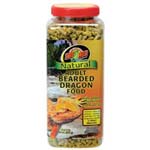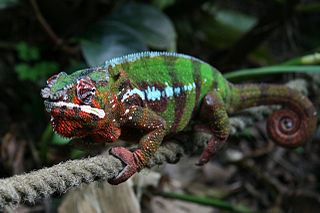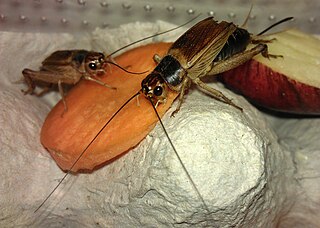Throughout my long career as a zookeeper and pet keeper, I have used wild caught insects to improve the diets of the amphibians, reptiles, fishes, invertebrates and birds under my care. While some cautions apply, the benefits conferred by the nutritional value of such foods far outweigh the risks involved. I have covered the collection and care of sow bugs, sap beetles, leaf litter invertebrates and many others in the articles linked below. Today I’ll discuss earwigs – common, hardy, and largely-ignored insects that have great potential as pet food. They are also extremely interesting in their own right, with females caring for their eggs and actually carrying food to the young!
Why Earwigs?
Earwigs are readily accepted by a wide variety of reptiles, amphibians, tarantulas, fishes, and scorpions, and provide nutrients absent from commercially-reared insects. They are quite common even in large cities, and can provide a significant amount of food for captive herps during the warmer months.
Earwigs are an ideal size (1- 1¼ inch) for both small and larger pets, and will be taken by animals ranging in size from Green Anoles to American Bullfrogs. They climb well, and quickly attract the attention of treefrogs and arboreal lizards. Despite the tough wing covers and pinchers, earwigs seem readily digestible, are not known to cause any related problems. As with crickets, earwigs should not be offered to ailing or debilitated animals, or to expectant females, as they have carnivorous tendencies. Read More »
 That Reptile Blog – Reptile, Amphibian and Exotic Pet Care and Information
That Reptile Blog – Reptile, Amphibian and Exotic Pet Care and Information




